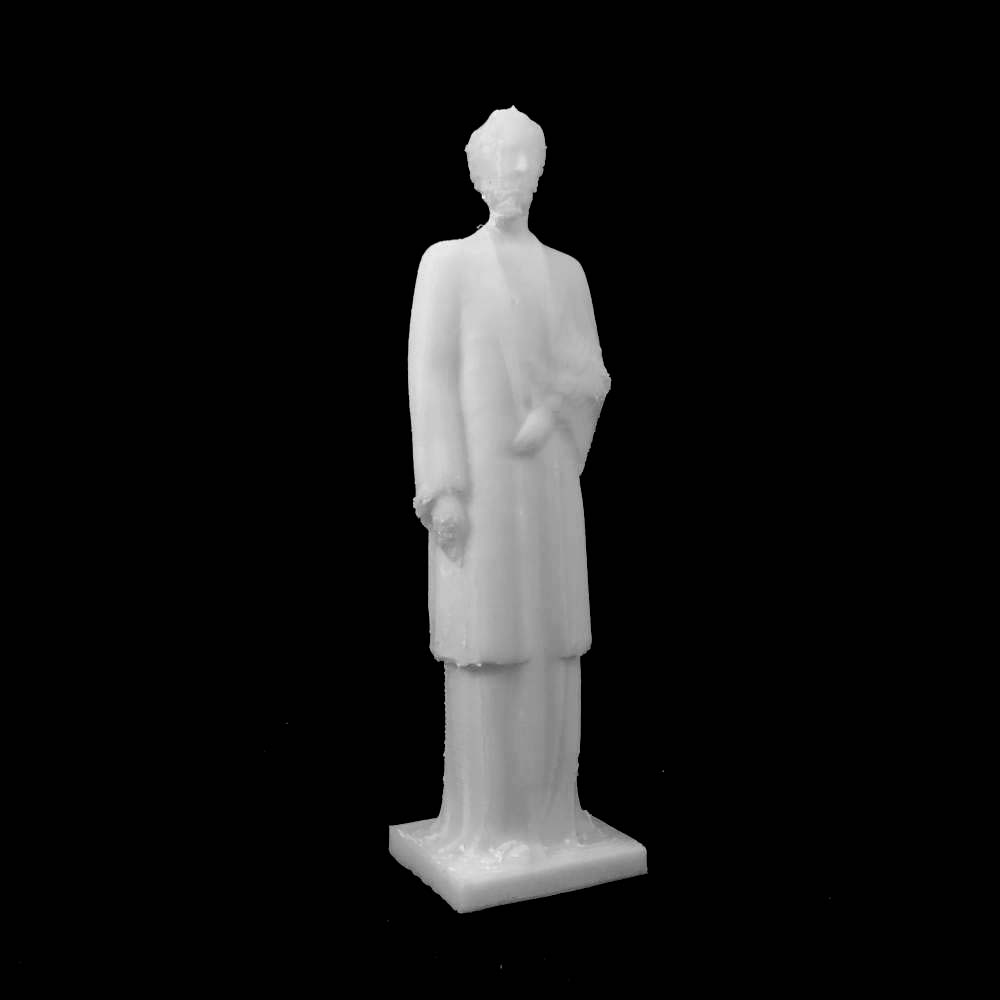
Elisabeth in Brussels, Belgium
myminifactory
Elisabeth of Bavaria was born Elisabeth Gabriele Valérie Marie on July 25, 1876. Her father was Karl-Theodor, Duke in Bavaria, a renowned ophthalmologist and head of the Bavarian royal family's cadet branch. She was named after her father's sister, Empress Elisabeth of Austria, also known as Sisi. Elisabeth's mother was Maria Josepha of Portugal, daughter of exiled Miguel I of Portugal. As an artist himself, Karl-Theodor encouraged his family's artistic interests, and Elisabeth developed a deep love for painting, music, and sculpture. At her father's clinic, where her mother assisted with nursing duties, Elisabeth gained exposure to productive labor and human suffering uncommon for a princess at the time. In Munich on October 2, 1900, Duchess Elisabeth married Prince Albert, second in line to the Belgian throne after his father, Prince Philippe, Count of Flanders. When Prince Albert ascended to the Belgian throne in 1909, Elisabeth became queen. Élisabethville, now Lubumbashi in the Congo, was named in her honor. At the time of their meeting, Prince Albert was the heir to his uncle Leopold II of the Belgians. Albert's father was Prince Philippe, Count of Flanders, and Princess Marie of Hohenzollern-Sigmaringen, a sister of King Carol I of Romania. Elisabeth became the mother of King Leopold III of Belgium and Queen Marie José of Italy, and grandmother to Kings Baudouin and Albert II of Belgium. Elisabeth was born in Possenhofen Castle, where her father cultivated her artistic tastes. She was exposed to human suffering at a young age due to her involvement with her mother's nursing duties at the clinic. Elisabeth married Prince Albert on October 2, 1900, after which she became queen upon his accession to the Belgian throne in 1909. The city of Élisabethville was named after her when it was founded. Albert and Elisabeth met before Albert ascended to the throne as heir apparent to King Leopold II. Albert's father, Prince Philippe, Count of Flanders, and Princess Marie of Hohenzollern-Sigmaringen had two daughters who survived into adulthood.
With this file you will be able to print Elisabeth in Brussels, Belgium with your 3D printer. Click on the button and save the file on your computer to work, edit or customize your design. You can also find more 3D designs for printers on Elisabeth in Brussels, Belgium.
